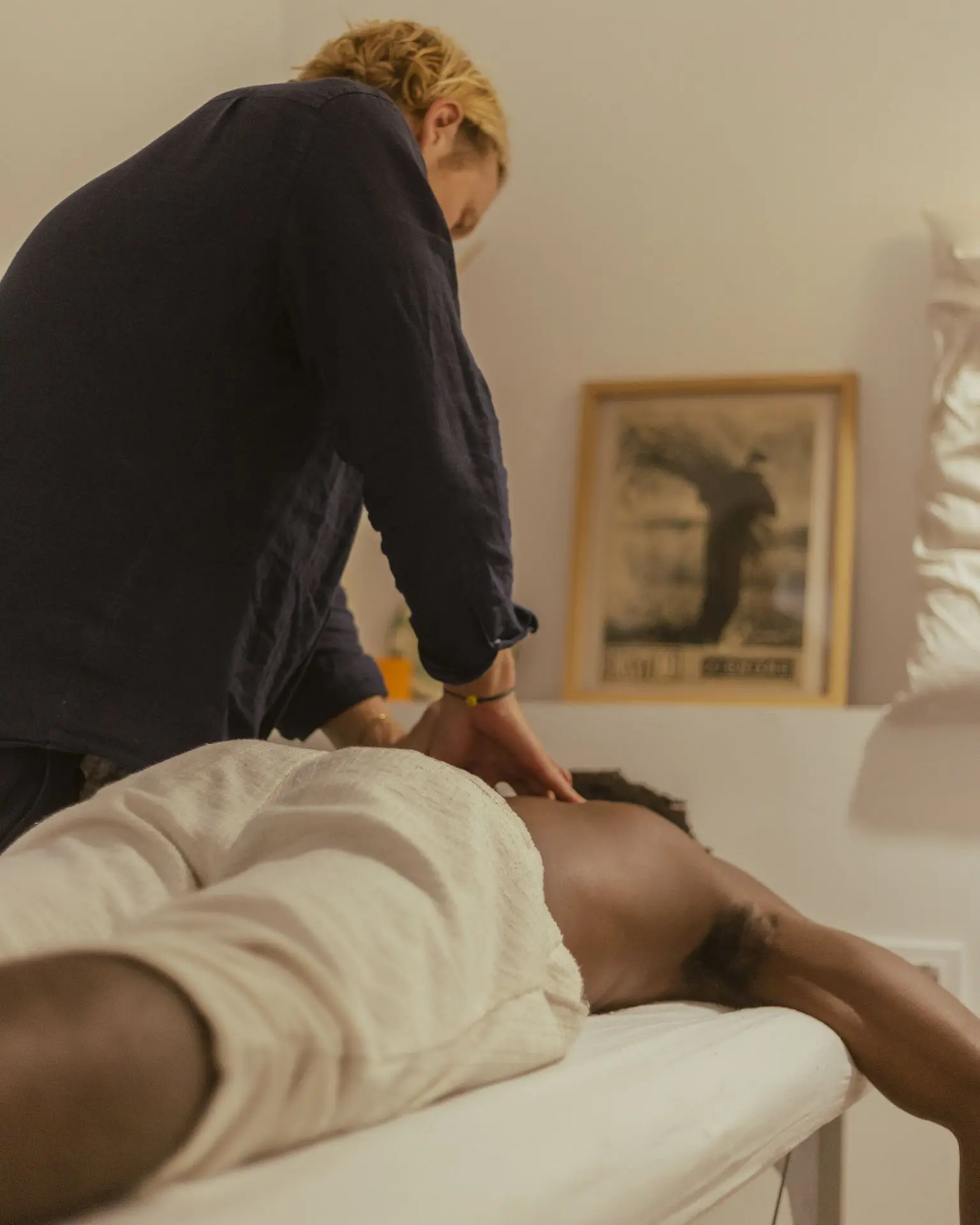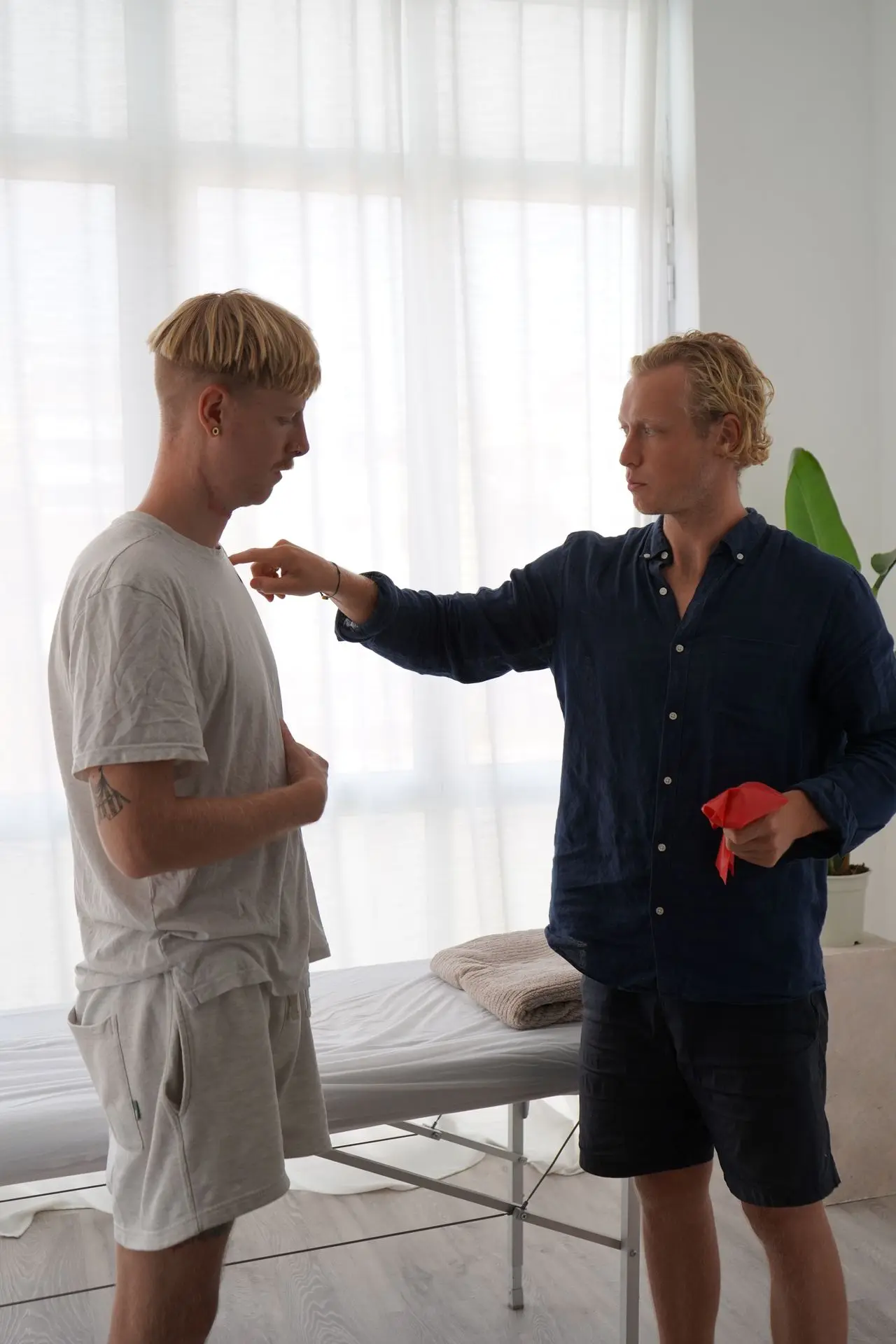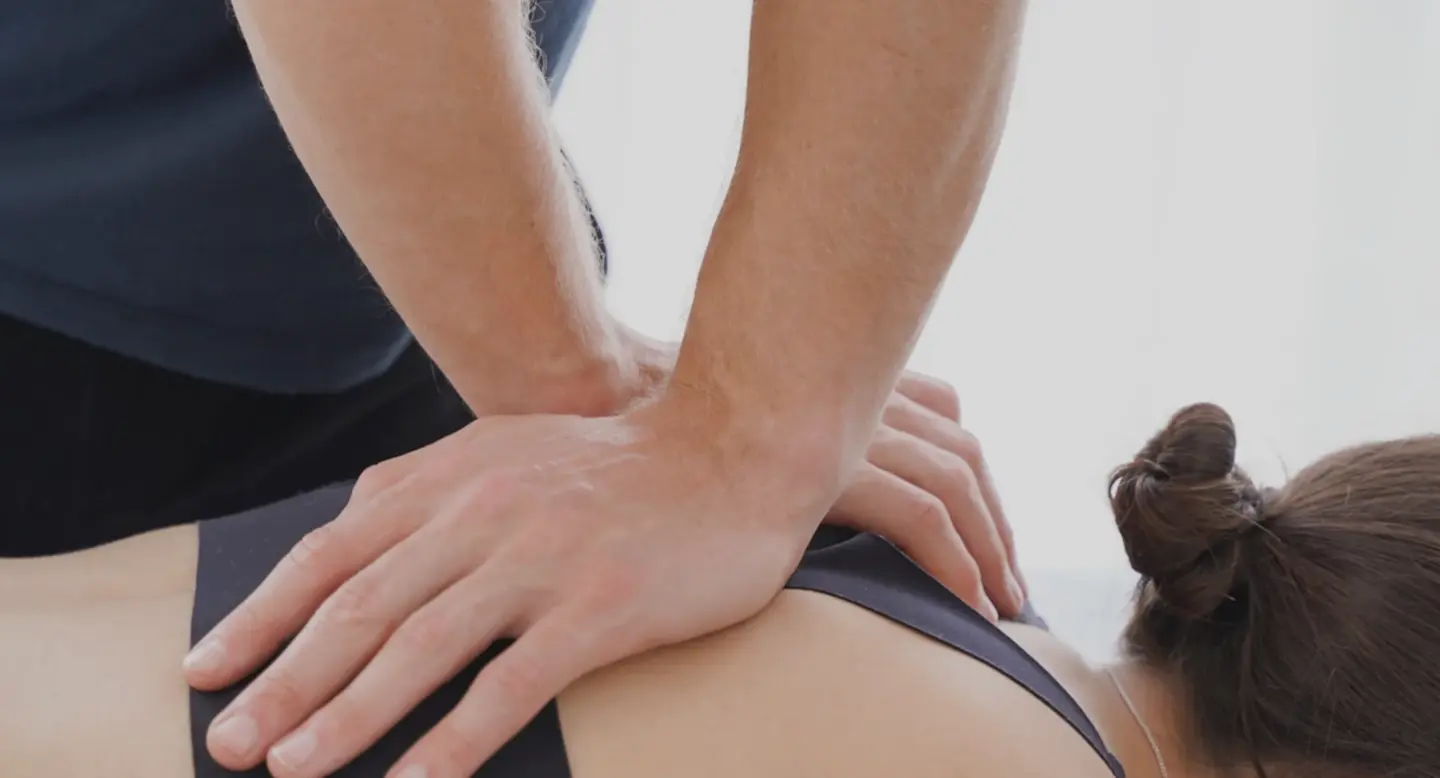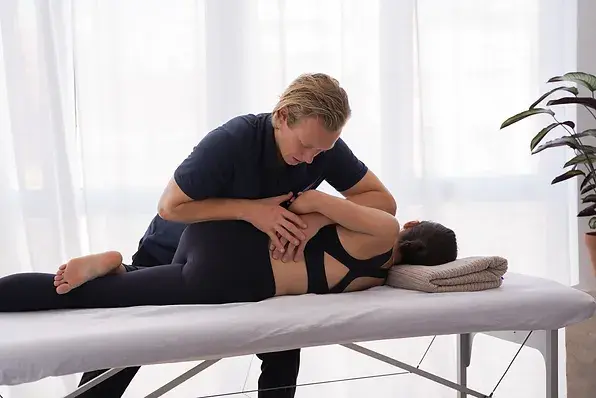Still Not Sure, Read this ⬇️
Osteopaths are government registered allied health practitioners who complete university training in anatomy, physiology, pathology, general healthcare diagnosis, and osteopathic techniques.
Osteopaths focus on your neuro-musculoskeletal system, the bones, muscles, nerves and other tissues that support your body and control its movements. Osteopaths provide musculoskeletal and nervous system assessments, manual therapy; clinical exercise programs; movement, postural, positioning advice and ergonomic assessments.
They may also offer therapeutic needling techniques like dry needling, trigger point therapy or acupuncture. Your osteopath may also offer ongoing support and educational advice about your lifestyle, stress management, diet or other factors that may influence your pain, injury or movement.
Benefits of Osteopathy
Osteopathy, improving your physical and emotional wellbeing. The principle of osteopathy is based on the concept that the body is able to heal itself once aligned. Sound strange? Here is an example! If you cut yourself the body will activate certain functions to heal the cut, returning the body back to its original state, if your body is aligned it will function better. Correct alignment equals health. Experience the benefits of Osteopathy in Barcelona with us.
What happens on your first visit?
Case History:
On your first visit, the osteopath will take a thorough case history. You will be asked detailed questions about your present complaint, general health and past medical history. We will listen to you in order to understand your needs, and will respect your wishes and opinions.

Examination:
A thorough and wide-ranging physical examination will be performed.
This will include an assessment of your posture and the way your body moves. The osteopath will palpate various parts of your body to assess how your tissues are working and identify any particularly disturbed areas.
Further tests such as assessing your reflexes and other neurological tests, or measuring blood pressure may be performed. If necessary, further tests such as x-rays, scans, blood tests or other investigations will be recommended.
Diagnosis and Treatment Plan:
The objective is to understand and diagnose dysfunctions that have resulted due to injury, stress or disease. The diagnosis takes account of all symptoms not just the primary presenting problem and whether and how they are connected.
Diagnosis has two aspects;
What is causing the current symptom or dysfunction?
For example, muscle tension, ligament train or tear, arthritic joint or intervertebral disc strain.
Why has this problem developed?
This is very important because by trying to understand why it has developed, the treatment is more likely to be effective in preventing recurrence in the future. The cause can often be found to be persistent effects of one or more old accidents and injuries, which the body is struggling to accommodate.
It is important that the patient understands as much as possible about their problem so that they and the osteopath can work together in improving their patients’ all around health.
Osteopathic treatment:
Consists of a wide range of manual hands-on techniques, ranging from work on muscles and other soft tissues to joint mobilising and specific manipulation to improve joint movement and function.
See the below list of different osteopathic techniques.
Tailored Rehab Plan:
After each treatment, our osteopaths will create a personalized rehab plan designed specifically for your recovery. This may include one or several targeted exercises that evolve with your progress, ensuring you always have the most effective tools for your rehabilitation. Adjustments are made during each session to match your needs, helping you achieve optimal results.
Osteopathy techniques:
Myo-fascial release: stretching the “fascia” that encases and connects our tissues
Strain/counter-strain: moving the body into positions that relieve structural stress
Balanced ligamentous tension: applying directional pressure to joints and connective tissue
High-Velocity Low Amplitude (HLVA) manipulations: improving alignment and relieving tension by giving a controlled, decisive push to a specific part of the body
Lymphatic mobilisation: moving and clearing the fluid in the lymphatic system, which plays an important role in detoxification and immunity
Trigger point treatment: applying massage or pressure to distressed muscles that may also be impinging nerves or causing discomfort in other parts of the body
Muscle energy: activating certain muscles by flexing them while parts of the body are held in very specific positions
Cranial osteopathic techniques: can be used to great effect, especially in children and babies.
The aim of osteopathic treatment is not only to relieve pain and improve function but also to prevent the recurrence of symptoms. Treatment also involves advice on maintaining good health and avoiding those things that might be perpetuating your problem.
Advice is also given about ergonomics (our physical relationship with our environment and the way in which we interact with it), posture and body use, general and specific exercises, and diet if necessary.



